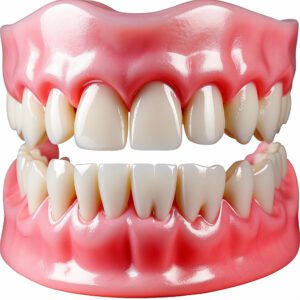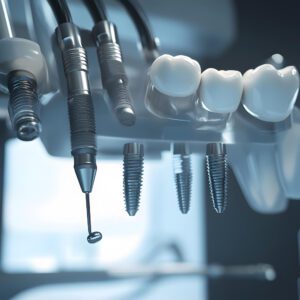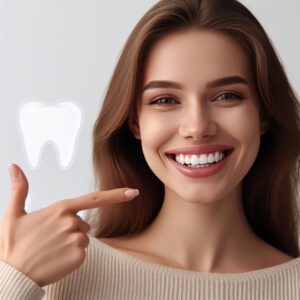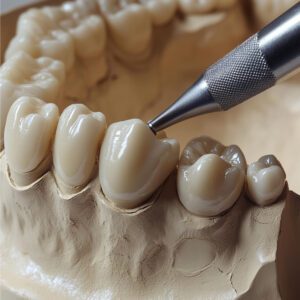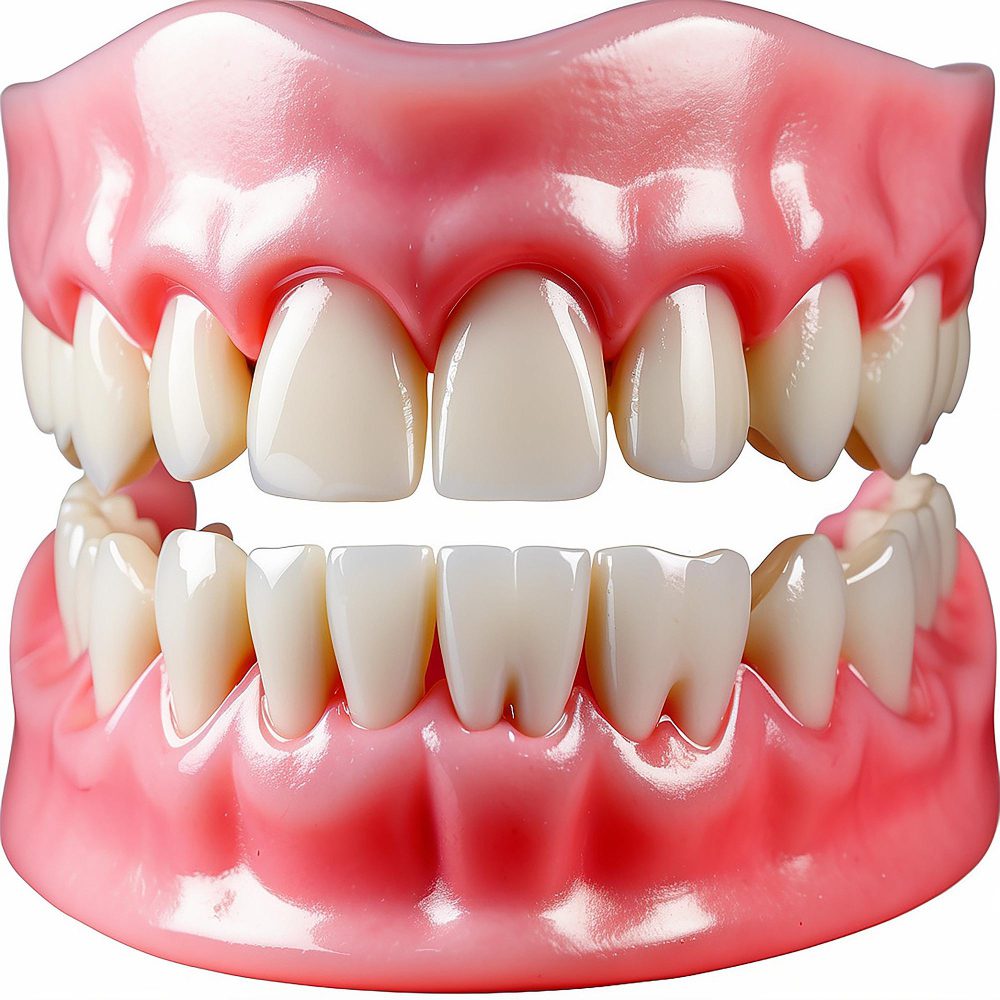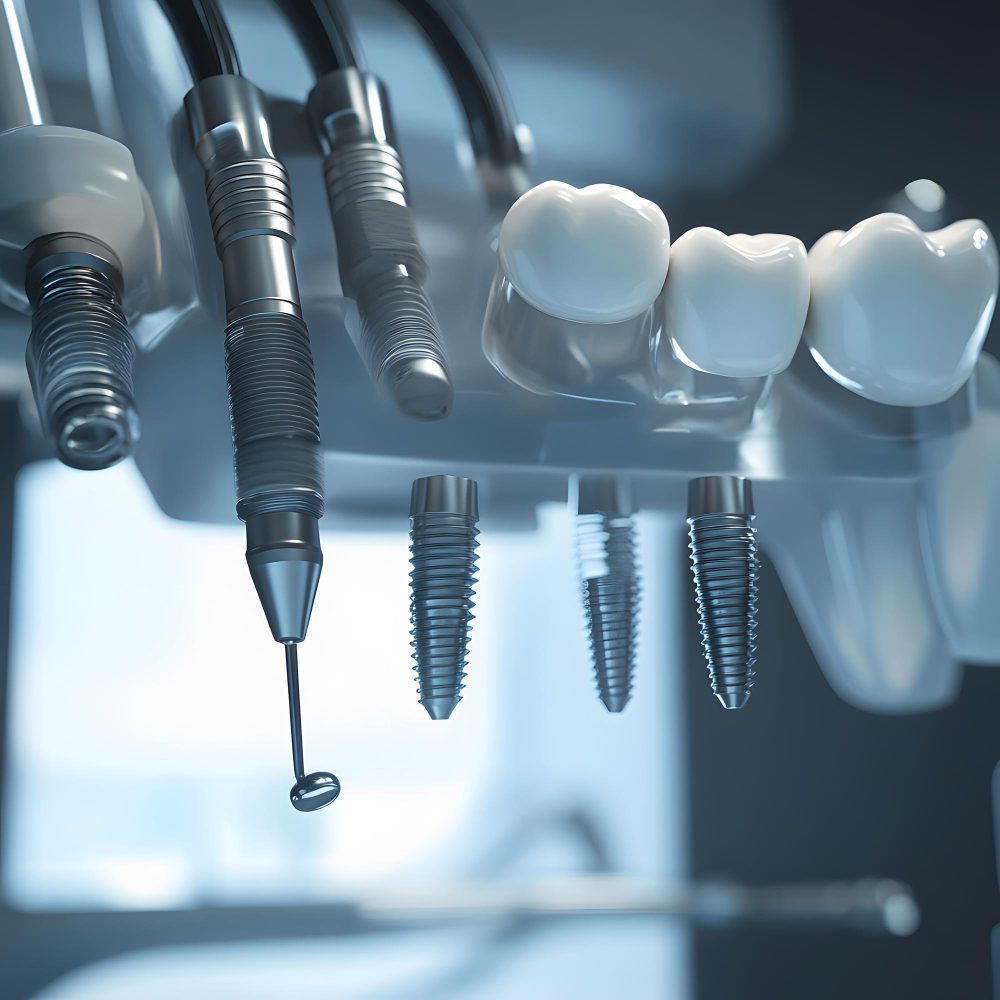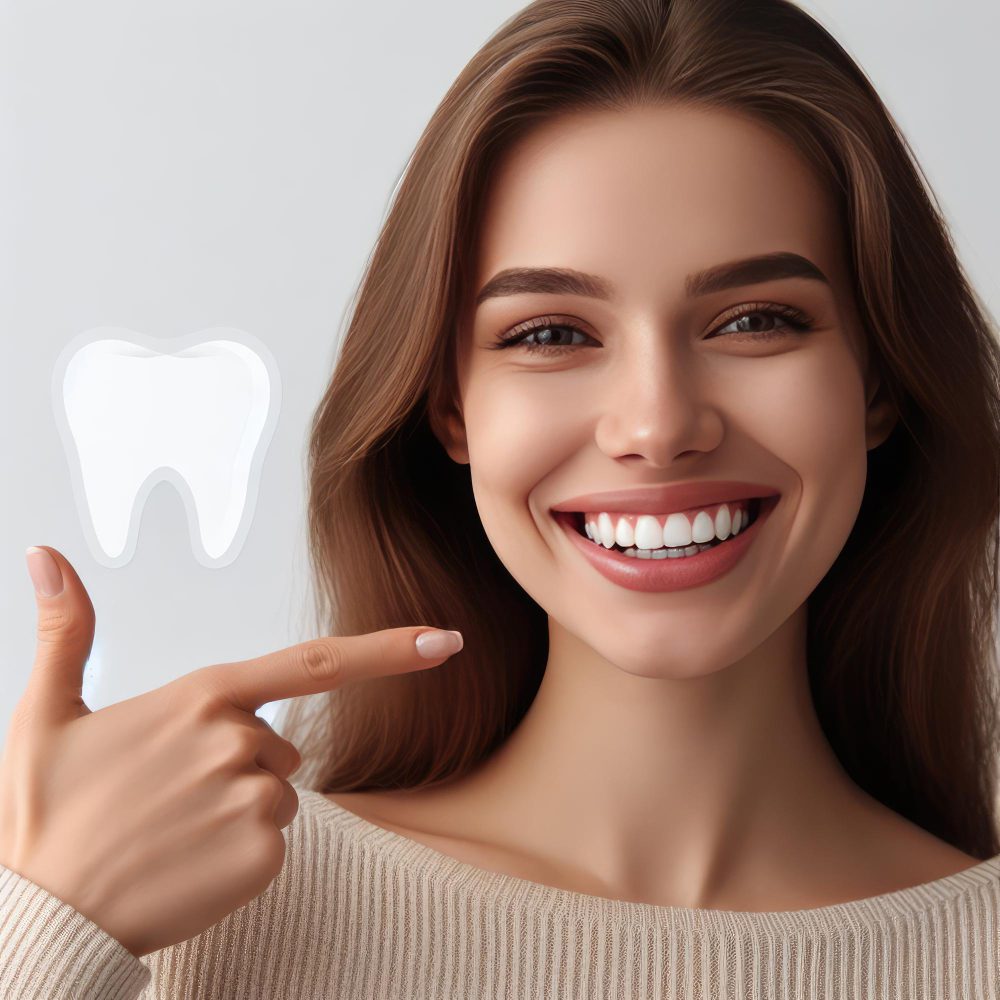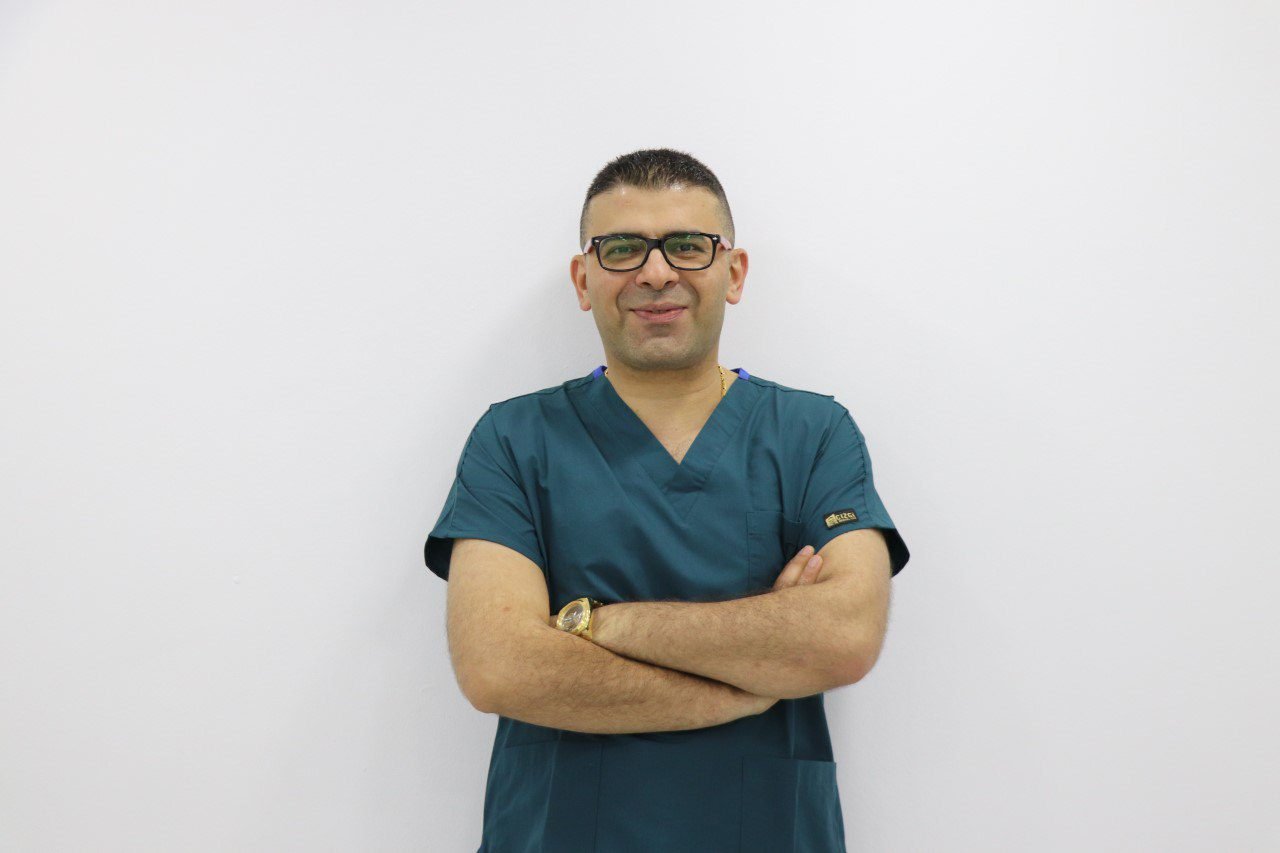Introduction to Bio-Based Dental Materials
The field of dentistry has historically relied on traditional materials such as amalgam and composite resins for dental fillings. These conventional materials, while effective in treating carious lesions, raise concerns regarding their environmental impact and bio-compatibility. Amalgam, for instance, contains mercury, a neurotoxin that poses risks not only to patients but also to the environment. Similarly, synthetic resins often contain bisphenol A (BPA) and other chemicals that may lead to adverse health effects. This backdrop has encouraged researchers and dental professionals to seek sustainable alternatives, paving the way for bio-based dental materials.
Bio-based dental materials, derived from renewable resources, offer promising potential in overcoming some of the limitations of traditional fillings. Unlike synthetic alternatives, these materials aim to create a harmony between dental applications and ecological sustainability. With growing attention towards environmental preservation and patient safety, the interest in exploring bioactive composites is at an all-time high. Bioactive composites are designed to interact positively with oral tissues, promoting healing while also minimizing adverse reactions. This characteristic is valuable in enhancing the longevity of dental restorations and improving overall patient outcomes.
As innovations unfold, the transition from conventional to bio-based materials could represent a significant shift in dental practices. The development of these advanced materials is fueled by ongoing research dedicated to optimizing their mechanical properties, biocompatibility, and antimicrobial effects. Understanding the implications of this research on daily dental care and treatment hinges on recognizing the pivotal role that sustainable materials could play. In turn, this paradigm shift may not only revolutionize how dentists approach restorative practices but also align dental care with broader efforts aimed at sustainability and environmental stewardship.
Understanding Bioactive Composites
Bioactive composites represent a significant advancement in dental filling materials, distinguished by their unique composition and properties that set them apart from conventional materials. These composites generally consist of a combination of bioactive glass, ceramic particles, and polymer matrices, which work synergistically to promote interaction with surrounding dental tissues. The key to bioactive composites lies in their ability to bond with enamel and dentin, thereby integrating into the natural tooth structure in a way that traditional materials cannot achieve.
One of the most notable properties of bioactive composites is their capacity to release ions, such as calcium and phosphate, which are essential for the remineralization of tooth structures. This process not only enhances the mechanical strength of the tooth but also aids in healing and reducing postoperative sensitivity, a common drawback associated with standard dental fillings. Unlike traditional materials that may merely fill a cavity, bioactive composites actively encourage dental tissue recovery and regeneration, aligning more closely with the body’s natural healing processes.
The longevity of bioactive composites also presents a significant advantage over conventional materials. Studies have shown that these advanced composites exhibit excellent wear resistance and stability under various oral conditions, reducing the frequency of replacements and the need for additional dental interventions. Furthermore, their biocompatibility minimizes the risk of adverse reactions, making them suitable for a broader patient demographic. As dental health professionals increasingly recognize the importance of functional aesthetics and patient comfort, bioactive composites offer an appealing option that addresses both clinical effectiveness and patient satisfaction.
Benefits of Bio-Based Dental Filling Materials
Bio-based dental filling materials are rapidly gaining recognition within the dental community for their myriad advantages over traditional filling materials. One of the primary benefits is their effectiveness in maintaining dental health. Unlike conventional amalgam or composite resins that may contain mercury or other harmful substances, bio-based materials are often derived from natural sources and designed to be more compatible with tooth structures. This compatibility can lead to improved outcomes, as these materials can better promote healing and reduce the risk of post-operative complications.
In addition to health benefits, bio-based dental fillings play a significant role in environmental sustainability. Dental practices typically generate a substantial amount of waste, particularly from non-biodegradable materials used in procedures. By utilizing bio-based alternatives, dentists can reduce their environmental footprint. These materials are often designed to be biodegradable and have a far lower impact on the planet, aligning with the increasing global emphasis on eco-friendly practices. Furthermore, as more consumers become aware of eco-conscious choices, adopting bio-based materials can enhance a dental practice’s appeal, potentially attracting a more environmentally aware clientele.
Biocompatibility is another critical aspect in favor of bio-based dental filling materials. Patients generally experience less sensitivity and discomfort due to the natural properties of these materials. In contrast, traditional fillings can sometimes lead to adverse reactions, such as inflammation or allergic responses. The increased patient comfort associated with bio-based materials contributes to a more favorable overall experience during dental procedures. The longevity of these materials is also noteworthy, as they are formulated to resist wear and degradation over time, ensuring that they remain effective for extended periods. Thus, bio-based dental filling materials present a compelling case for both practitioners and patients, showcasing a shift towards safer and more responsible dental care solutions.
Current Research and Developments in Bio-Based Materials
The field of dentistry is undergoing significant transformation thanks to the rapid advancements in bio-based dental materials. Recent research has unveiled innovative approaches leveraging natural substances to improve dental restoration treatments. A prominent focus is aimed at developing materials derived from renewable resources, such as plant oils, chitosan, and various biopolymers. These materials not only offer superior compatibility with human tissues but also plan to address environmental sustainability, a growing concern within the healthcare industry.
Recently, significant attention has been drawn to the use of bioactive glass as a bio-based filling material. This innovative material is designed to stimulate natural tissue regeneration, which can significantly enhance the healing process following dental procedures. Research has demonstrated that bioactive glass promotes the formation of hydroxyapatite, a mineral component of tooth enamel, thereby enhancing the integration of the filling material with the surrounding dental structure.
Additionally, advances in the development of biodegradable polymers are at the forefront of research. These materials possess remarkable mechanical properties and can withstand the oral environment’s harsh conditions, such as moisture and fluctuations in temperature. Studies are currently exploring the integration of these polymers with nanoparticles to further improve their physical characteristics and slow the degradation process, ensuring long-lasting performance in dental applications.
Furthermore, ongoing investigations into the utilization of nanotechnology in bio-based dental materials are showing promise. The incorporation of nanoscale fillers has been found to enhance the strength, elasticity, and antimicrobial properties of dental fillings. This innovation could lead to a substantial reduction in the occurrence of secondary caries, improving the overall longevity and effectiveness of dental restorations. As research continues, the potential for developing bio-based materials that can meet the rigorous challenges of dental applications appears promising, marking a significant step towards revolutionizing dental care.
Case Studies: Success Stories from the Field
In recent years, the adoption of bio-based dental filling materials has gained momentum, leading to promising outcomes across various clinical settings. Numerous dental practices have begun integrating these innovations into their treatment protocols, resulting in enhanced patient satisfaction and better clinical outcomes. A notable example comes from a dental clinic in Scandinavia, where the use of bio-based materials for fillings has significantly improved patients’ experiences. According to Dr. Anna Lind, a leading dentist at the clinic, “The transition to bio-based materials has not only reduced recovery times but has also led to greater patient comfort during treatment.”
Another compelling case originates from a clinic in Canada that specializes in restorative dentistry. Here, a trial was conducted using a new biocompatible dental filling material derived from natural sources. Over six months, the clinic reported a 30% decrease in post-treatment sensitivity compared to traditional materials. One patient, Sarah Thompson, shared her experience: “I was amazed at how smooth the process was and how quickly I recovered. The bio-based filling felt much more natural, and I could eat my favorite foods without worry.” This remarkable feedback underscores the advantage of using eco-friendly materials in restorative procedures.
Furthermore, an oral health initiative in Australia has highlighted the long-term benefits of bio-based materials, especially concerning dental caries in children. The program employed a bio-based composite designed to promote remineralization of enamel in young patients. Results indicated an impressive 25% reduction in further cavity development among children treated with these materials. Dr. James Parker, who led the initiative, remarked, “This approach not only addresses immediate dental issues but also aids in long-term oral health, positioning bio-based fillings as a sustainable choice for our younger patients.”
Challenges and Limitations of Bio-Based Dental Materials
Bio-based dental materials have garnered attention as a sustainable alternative to traditional dental filling compounds. Despite their potential benefits, there are several challenges and limitations that hinder widespread adoption in clinical practices. One of the primary issues is the manufacturing process, which often requires extensive research and development to ensure that these materials meet the stringent performance standards dictated by the dentistry field. Traditional dental materials have established manufacturing protocols, while bio-based alternatives may not yet possess the same level of consistency and reliability. Clinicians depend on predictable outcomes, and any variability can impact patient trust and treatment success.
Regulatory hurdles present another significant challenge. Dental materials must undergo rigorous evaluation by regulatory bodies to ascertain their safety and efficacy. The path to gaining approval can be lengthy and costly, potentially discouraging manufacturers from investing in the development of bio-based options. The existing regulations are typically tailored to synthetic materials, and adapting them to bio-based products can lead to additional complications. This may slow down the innovation cycle and limit the availability of bio-based materials on the market.
Furthermore, acceptance among dental practitioners is crucial for integrating any new material into standard practice. Many dentists may exhibit a degree of skepticism towards bio-based materials due to a lack of long-term studies demonstrating their durability and performance relative to well-established conventional materials. Undoubtedly, extensive clinical trials are essential to validate these new materials. There is also a need for educational initiatives that inform dental professionals about the environmental benefits and potential advantages of adopting bio-based alternatives. Until these challenges are addressed comprehensively, the potential revolution promised by bio-based dental filling materials may remain unrealized.
The Role of Dental Clinics in Adopting New Technologies
Dental clinics play a pivotal role in the integration of innovative technologies and treatments that significantly enhance patient care. The rapid evolution of dental materials, particularly bio-based dental filling materials, necessitates that dental practitioners stay updated with advancements that can improve outcomes. One exemplary case is Dr. Abdulrahman Ozturk’s clinic in Istanbul, Turkey, which showcases how a proactive approach to adopting new technologies can greatly benefit both practitioners and patients.
In Dr. Ozturk’s clinic, the adoption of bio-based materials is more than just a trend; it is a commitment to providing environmentally friendly, health-conscious alternatives to traditional filling materials. These bio-based dental filling options not only reduce the ecological footprint of dental procedures but also align with the increasing patient demand for holistic treatment approaches. This shift is in response to a growing awareness among patients regarding the materials used in their dental restorations and their impact on overall health.
Furthermore, clinics like Dr. Ozturk’s lead by example, demonstrating the importance of continued professional education in the realm of dentistry. By regularly participating in workshops and conferences, dental teams can learn about the latest advancements and apply them in clinical settings. This continuous education ensures that they can address a wide range of patient needs effectively, fostering trust and enhancing patient loyalty.
Moreover, adopting new technologies like bio-based dental filling materials often requires an adjustment period, where dental practitioners must familiarize themselves with the application and benefits. The support provided by dental manufacturers and educational resources plays a crucial role in facilitating this transition. As more clinics invest in innovation, it paves the way for a broader acceptance of these forward-thinking materials in the dental industry.
Patient Perspective: Embracing Sustainable Options
The growing interest in sustainability has led patients to become more aware of the materials used in dental treatments, particularly in filling materials. Many individuals are now considering how their choices can affect the environment. As bio-based dental filling materials gain traction, it is essential to understand patient preferences and concerns regarding these innovative options. Patients are looking to engage with their dental care professionals about not only the effectiveness and durability of these fillings but also their ecological impact.
One of the primary concerns for patients is the potential health implications associated with various dental materials. Bio-based fillings, derived from renewable resources, are perceived as safer alternatives to conventional synthetic materials. Patients appreciate the transparency of ingredients, which influences their decisions. When dental practices educate patients about the benefits of bio-based dental filling materials, they often find that patients feel more comfortable with sustainable options. This shift toward eco-friendly materials aligns with broader patient desires for healthier lifestyle choices and holistic treatments.
Moreover, sustainability in dentistry is intertwined with the greater public movement towards environmental responsibility and action against climate change. Patients express appreciation for dental practices that prioritize eco-friendly materials and waste reduction in their operations. The implementation of bio-based dental materials can foster a trusting relationship between practitioners and patients, resulting in a more engaged patient base. Given this sensitive landscape, it is vital for dental professionals to involve patients in discussions regarding the nature and benefits of bio-based fillings. By prioritizing patient education and open communication about sustainable options, dentists can help patients make informed choices that resonate with their values and preferences.
Conclusion: The Future of Dental Filling Materials
The exploration of bio-based dental filling materials has ushered in a transformative era within the field of dentistry. As we have seen through recent advancements, these innovative materials not only offer enhanced biocompatibility and aesthetic qualities but also address the growing demand for sustainable practices in dental care. The shift towards bio-based options signifies a broader movement toward environmentally friendly solutions, reflecting a significant change in how dental materials are developed and utilized.
Recent studies have demonstrated the efficacy of materials derived from natural sources, such as biopolymers and composites that incorporate renewable resources. These materials not only reduce the carbon footprint associated with dental procedures but also pave the way for advancements in the durability and functionality of dental fillings. Furthermore, the integration of bio-based materials into clinical practice may lead to improved patient outcomes, including reduced sensitivity and enhanced longevity of dental restorations.
Looking forward, the future of dental filling materials is set to be shaped by ongoing research and development in material science. As technological innovations continue to emerge, the potential for creating more efficient, safe, and sustainable dental solutions is vast. This evolution will likely involve interdisciplinary collaborations between dentists, researchers, and material scientists, fostering innovative approaches that will enhance the quality of care provided to patients.
In conclusion, the burgeoning field of bio-based dental filling materials not only signifies a substantial shift in dental practice but also highlights the dental community’s commitment to sustainability and patient health. As dental care increasingly incorporates environmentally friendly practices and advanced materials, it is evident that we are indeed on the brink of a new revolution in dentistry. Adopting these materials may not only revolutionize dental treatments but also contribute to a healthier planet.



